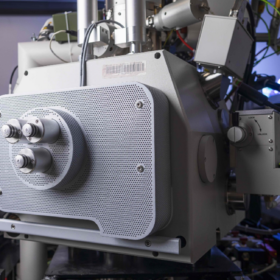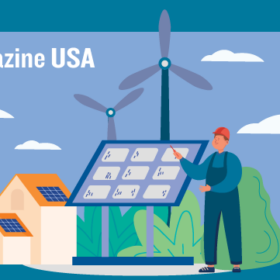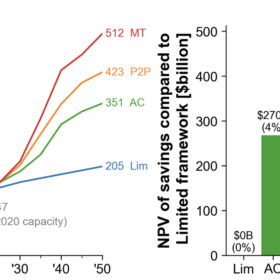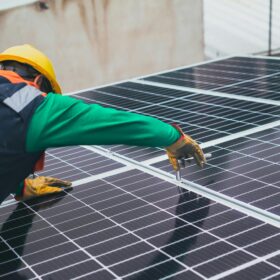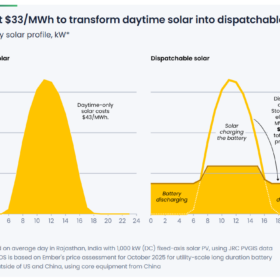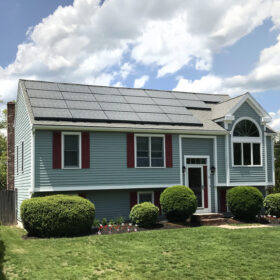Powering restaurants with rooftop PV, reversible fuel cells
Researchers have simulated the operation of bifacial PV and proton exchange membrane reversible fuel cells across restaurants in five different U.S. states. Taking into account varying rates of bifacial PV’s rearside gains, they found that LCOE was as low as $0.029 per kWh.
California farmers developing 20 GW solar-plus-storage plan
The Golden State recently signed AB 2661, granting the Westland Water District authority to develop transmission lines that will enable solar energy and storage projects on 130,000 acres of drainage-impaired farmland.
Researchers capture first-ever images of electric charges across semiconductor materials within a solar cell
A team from the University of California Santa Barbara used ultrafast electron microscopy to record photocarriers as they diffuse across a silicon and germanium heterojunction. It is the first time the movement, which lasts picoseconds, has been captured as a moving visual.
U.S. solar generation strong outside Hurricane Milton’s localized impacts
In a weekly update for pv magazine, Solcast, a DNV company, reports that the impact of Hurricane Milton on solar production will be minimal outside the southeastern United States, as the system quickly moves offshore.
Sunrise brief: IEA forecasts over 4,000 GW of new solar by 2030
Also on the rise: Form Energy raises $405 million for its multi-day iron-air batteries. Bipartisan initiative to accelerate deployment of distributed energy resources in U.S. And more.
MIT scientists build PV-driven desalination system that reacts to changes in sunlight
The proposed brackish water desalination system uses photovoltaic electrodialysis to enable direct-drive desalination at high production rates. It already operated for 6 months on real brackish groundwater and was reportedly able to use 94% of the extracted PV energy.
New research shows vulnerability of TOPCon solar cells to contact corrosion
Researchers at the University of New South Wales claim to have identified new TOPCon contact degradation mechanisms that are significantly influenced by the combination of ions and aluminum-silver paste compositions. The primary degradation mechanism was a significant increase in series resistance.
A high-renewables grid with faster transmission buildout can save $270 billion or more
The U.S. Department of Energy found increasing levels of savings under a high-renewables grid across three transmission frameworks: first, accelerated transmission expansion, then point-to-point high-voltage direct current (HVDC) transmission, then HVDC using more flexibly sized multiterminal converters.
Rotating, vertical floating PV system for offshore applications
An international group of scientists has designed a patented mooring tech and a vertical PV system that reportedly allows the bifacial solar panels to align with the prevailing wind direction to shed wind loads. Depending on a project’s latitude, the system can deliver different power yield.
How our aging grid can manage the surge in solar energy
As we introduce more renewable energy into the mix, we must also address these challenges to ensure a reliable grid that can support the nation’s clean energy goals. Nick Tumilowicz, director of product management, distributed energy management at Itron offers four solutions.


